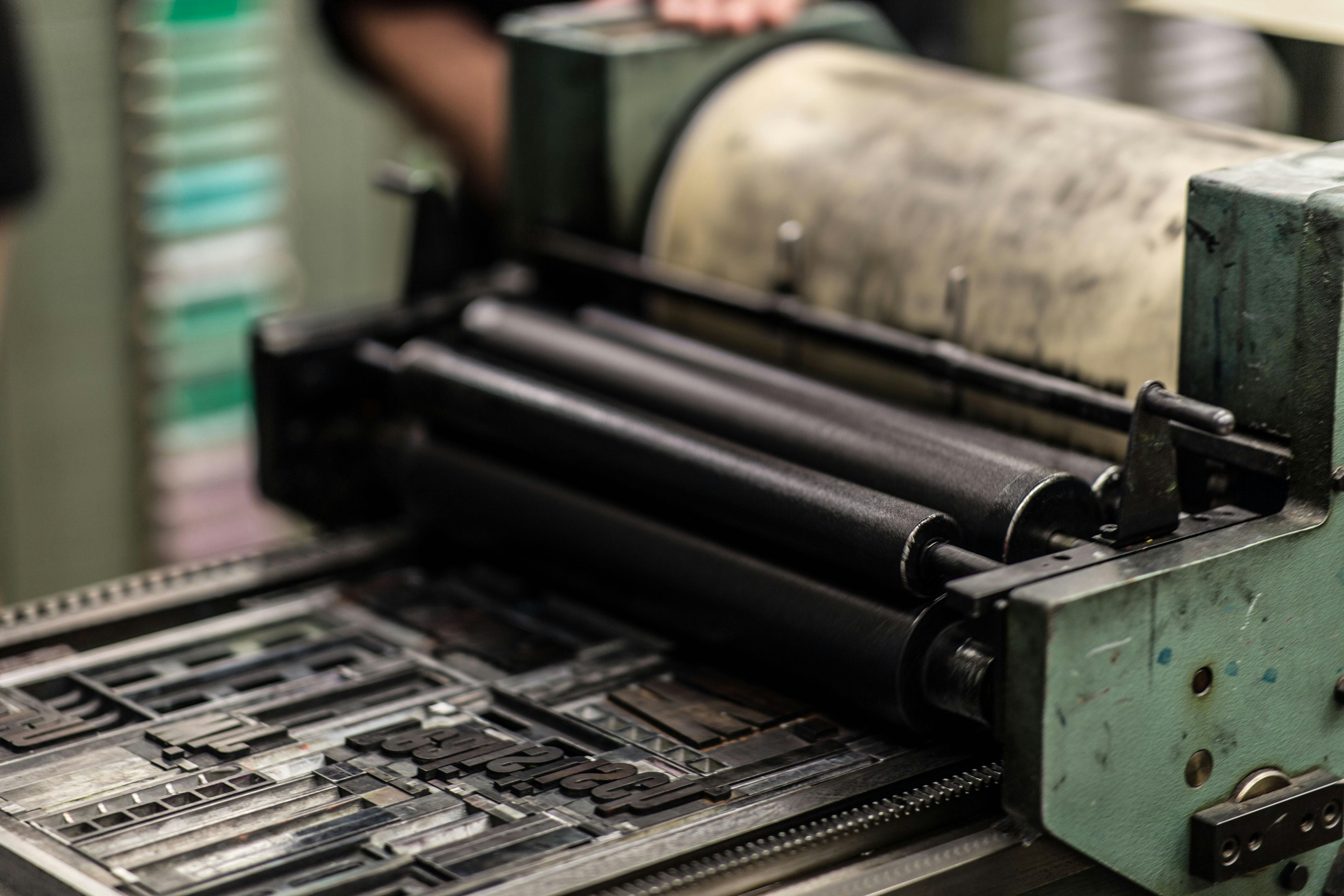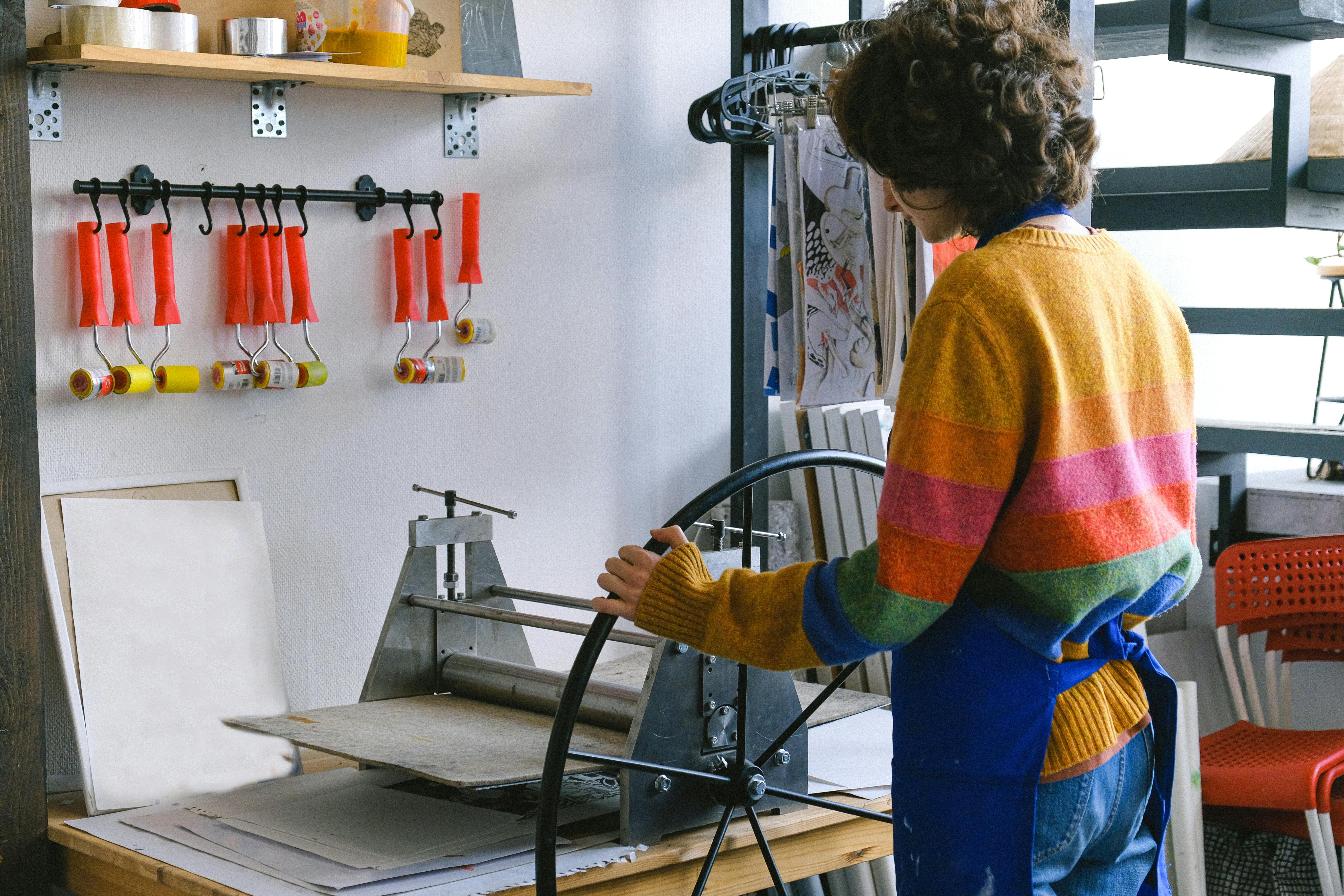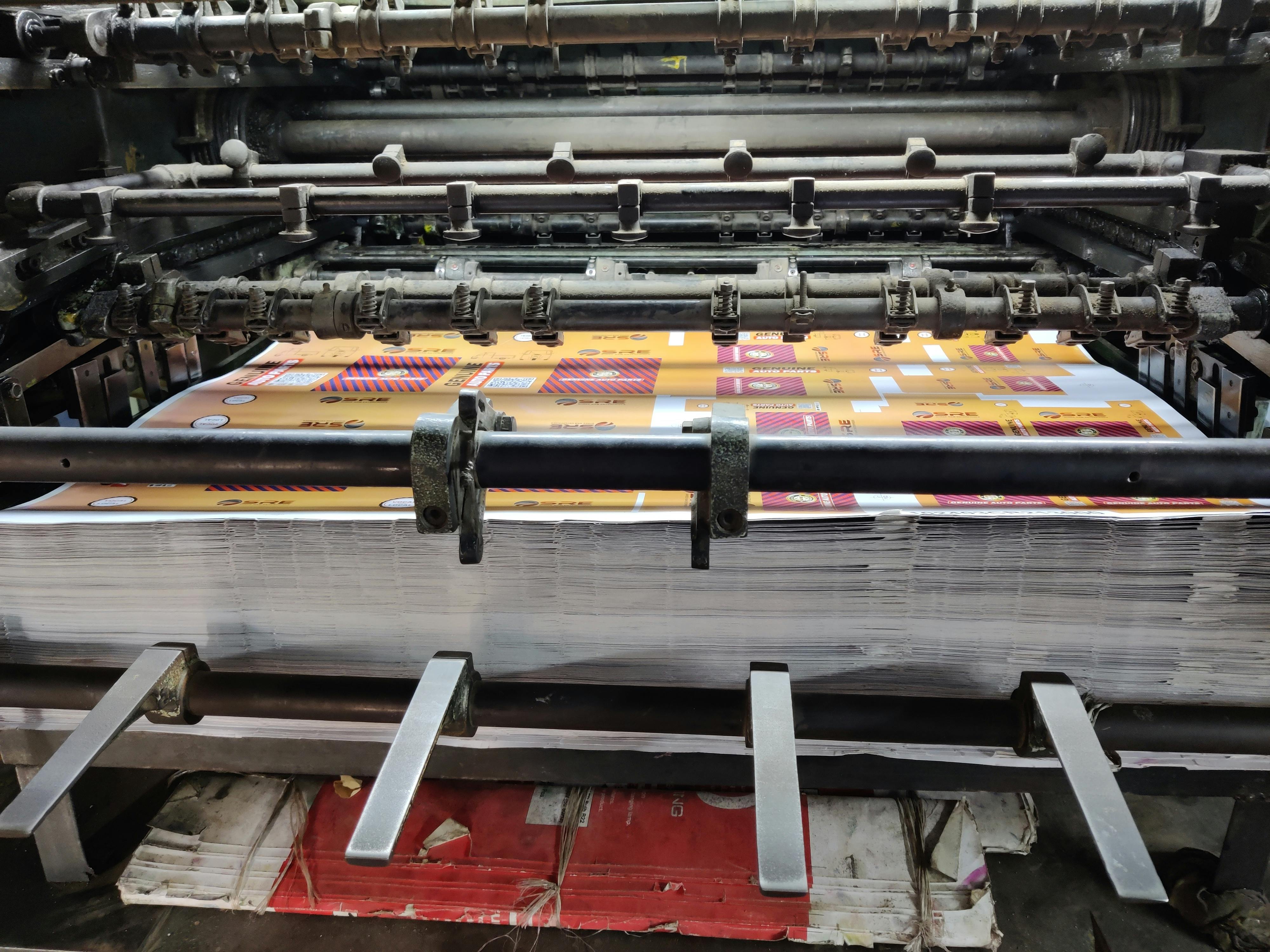We've upgraded our file system to make things even more secure. You can keep uploading the same way you always do - no changes needed. If you experience any issues, please get in touch with us at info@dumontprinting.com, and we'll address the matter promptly. Thank you for partnering with us!
Digital Embossing, Waterless Printing & Other Game-Changing Innovations Shaping Commercial Print in 2025

In 2025, commercial printing stands in the midst of a technological renaissance, transforming the way businesses of every size approach tangible marketing and communication. At Dumont Printing, we see these changes firsthand, partnering with clients as diverse as startups, nonprofits, hospitals, casinos, and banks to help them make the most of digital advances and sustainable best practices. The era of static, traditional print is giving way to a new age of flexibility, eco-consciousness, and customer-centric design. Here’s a deep dive into the game-changing innovations redefining the print landscape this year – and why they matter for your business, your clients, and the future of your brand.

What’s Shaping Print in 2025? Major Trends and Breakthroughs
We’re witnessing a synchrony of digital and analog processes that expand what print can do. Several core innovations are leading the charge:
- Digital Embossing: Advanced tactile effects without traditional dies or extensive setup.
- Waterless Printing: Environmentally responsible printing with cleaner colors and reduced waste.
- AI and Automation: Streamlined workflows, enhanced speed, and data-driven quality management.
- Variable Data Printing (VDP): Real personalization at scale for everything from mailers to packaging.
- Sustainable Materials and Practices: From recycled papers to innovative coatings and eco-inks, sustainability is now a pre-requisite.
Digital Embossing: Elevating Both Brand and Tactile Experience
One of the most exciting advances of the past few years, digital embossing eliminates the need for metal dies, setup costs, and long lead times. By applying high-build varnishes with digital precision, we can create raised textures, spot gloss, and layered finishes directly on printed materials. The biggest advantage? Immediate flexibility. Each piece in a print run can feature bespoke elements – names, personalized messages, custom artwork – perfect for premium packaging, special invitations, brand rollouts, and one-of-a-kind handbooks for employees or customers.
- Flexible, cost-effective for both short and long runs
- Enables fine detail and custom textures (up to 0.5 mm elevation possible)
- Removes barriers for designers and marketers wanting luxury effects on a tighter timeline
For marketers, this means it’s easier than ever to create memorable, physically engaging materials – not just for luxury brands, but for any client that values standout first impressions. If you’re considering how to go beyond traditional gloss or matte finishes, digital embossing enables prototyping and rapid testing of different visual strategies before a major rollout.
Waterless Printing: Taking Sustainability and Quality to Another Level
Sustainability has rapidly moved from a trend to a requirement in commercial print. Waterless printing offers a major leap forward, replacing water-based dampening systems with silicone-based plates and more consistent inks. The results? Not only are water and chemical use sharply reduced, but prints produced this way often demonstrate richer, more vibrant color and finer line resolution due to the elimination of ink-water emulsions.
- No water usage, reducing waste and contamination
- Eliminates volatile organic compounds (VOCs) commonly found in fountain solutions
- Delivers sharper, more consistent print quality
- Lowers energy consumption and environmental footprint
For organizations facing increasing pressure to report on sustainability metrics, adopting waterless print solutions is a tangible way to demonstrate environmental leadership while improving project quality. This aligns closely with modern expectations for ethical sourcing and green procurement in sectors like healthcare, banking, and hospitality. To learn more about sustainable practices, you may find our in-depth explainer on sustainable printing highly valuable.

Automation and AI: Precision Meets Speed
The integration of artificial intelligence and automation tools into print workflows is not just about convenience or cost savings – though both are significant. What stands out most is consistency and the ability to deliver complex, multi-step projects with fewer errors and less manual labor. At Dumont Printing, we use AI-enabled scheduling and preflight tools to detect issues before a project goes live, helping to prevent wasted materials or deadlines missed due to avoidable missteps.
- Projects move faster (often 50–70% speed gains over manual processes)
- Automated checks prevent costly reprints and support quality assurance
- Integrated mailing, kitting, and fulfillment simplify logistics for nationwide campaigns
In addition, AI-driven variable data solutions are increasingly sophisticated – letting marketers combine print with digital data to deliver entirely unique pieces at scale, supporting direct mail, event activation, promotions, and membership communications.
Variable Data Printing: Personalization That Connects
Your customers are not generic, and neither should be your printed communications. Variable data printing (VDP) lets you deploy targeted, highly relevant marketing and communications materials without sacrificing speed or quality. Whether it’s custom packaging marked with a recipient’s name or loyalty tier, handbooks updated for specific departments, or fund-raising appeals with imagery personalized to each recipient, VDP brings new creative power to every project.
- Direct mail response rates are higher with personalized content
- Brand loyalty grows when customers feel seen and valued
- Useful for everything from restaurant menu versioning to non-profit donor engagement
Those interested in the finer points of deploying variable data for omnichannel campaigns can consult our guide to print-on-demand and variable data.
Sustainable Materials and Processes: Print’s New Ecosystem
The production side is only part of the sustainability equation. More clients are requesting recycled and biodegradable substrates, soy or UV inks, and design optimizations that help reduce landfill waste after campaigns conclude. Wide and grand format print, digital inkjet, and short-run packaging are increasingly eco-friendly, not just for the earth, but for your brand reputation as well. By combining technologies, brands are able to minimize overproduction, avoid obsolete inventory, and reinforce their green commitments at every customer touchpoint.
- Recycled, FSC-certified, or biodegradable stock for both print and packaging
- Soft-touch and digital embellishments to replicate luxury effects without excess waste
- Efficient fulfillment strategies to lower the carbon impact of distribution
For a complete look at sustainability in packaging, see our recent breakdown of ethical packaging trends.
Wide Format and Hybrid Printing: Expanding the Canvas
Commercial printing in 2025 is no longer limited to paper alone. Wide and grand format presses can now print vivid graphics, tactile textures, and branding statements on rigid materials such as plastics, glass, and wood with the same precision as traditional flat print. UV curing ensures durability, making these solutions perfect for tradeshows, architectural installations, indoor/outdoor signage, and creative pop-up events. Hybrid setups offer the flexibility to combine digital short runs with offset efficiency for bulk campaigns, all managed seamlessly under one provider for ultimate simplification.
If you want a closer look at wide and grand format’s possibilities, our dedicated post – Mastering Wide & Grand Format Printing – explores examples and use-cases in more detail.

What’s Next? Integrating Innovation Into Your Print Strategy
For business owners, marketers, and creative teams, the bottom line is this: the print world now offers more flexibility, speed, impact, and eco-sensitivity than ever before. To make these trends work for your brand, consider the following steps:
- Start with strategic consultation: Work with experienced designers and print advisors to define the right mix of digital and sustainable effects for your goal—whether it’s a luxury packaging launch, variable data-driven direct mail, or a branded handbook for employees.
- Prototype and test: Take advantage of digital workflows to quickly sample tactile finishes or personalized designs before committing to a full run. Iteration is faster and less costly than it’s ever been.
- Plan for scale: Whether you need 100 or 10,000 copies, you can specify versioning, fulfillment, and worldwide distribution on your terms, minimizing waste and maximizing logistics efficiency.
Conclusion: Print’s New Era Is Here
From the tactile luxury of digital embossing to the responsible stewardship of waterless printing, 2025 is the beginning of a print future that’s more dynamic, more sustainable, and more connected to customer expectations. Companies that embrace this transformation set themselves apart with elevated branding and purposeful stewardship.
If you’re ready to translate these innovations into tangible results—whether it’s a bold rebrand, a more effective mailing campaign, or eco-friendly packaging that stands out—connect with us at Dumont Printing. Let’s shape the future of your brand, together.
